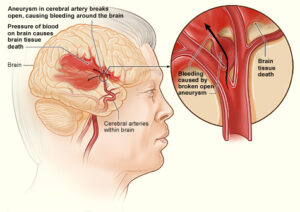Nursing and Interprofessional management: Obesity
- Nursing Assessment
- Subjective Data
- Important Health information
- First rule out physical conditions that may be causing or contributing to obesity
- Be sensitive and nonjudgmental
- Clarify rationale for inquiries about weight, dietary habits, and exercise
- Address patient concerns
- First rule out physical conditions that may be causing or contributing to obesity
- Past health history
- Time of obesity onset
- Diseases related to metabolism and obesity
-
- Hypertension
- Cardiovascular problems
- Stroke
- Cancer
- Chronic joint pain
- Respiratory problems
- Diabetes mellitus
- Cholelithiasis
- Metabolic syndrome
-
- Medications
- Thyroid preparations
- Diet pills
- Herbal products
- Surgery or other treatments
- Prior weight-reduction procedures (bariatric surgery)
- Important Health information
- Subjective Data
-
- Functional Health patterns
- Health perception–health management: Family history of obesity; perception of problem; methods of weight loss attempted
- Nutritional-metabolic: Amount and frequency of eating; overeating in response to boredom, stress, specific times, or activities; history of weight gain and loss
- Elimination: Constipation
- Activity-exercise: Typical physical activity; drowsiness, somnolence; dyspnea on exertion, orthopnea, paroxysmal nocturnal dyspnea
- Sleep-rest: Sleep apnea, use of continuous positive airway pressure
- (CPAP)
- Cognitive-perceptual: Feelings of rejection, depression, isolation, guilt, or shame; meaning or value of food; adherence to prescribed reducing diets, degree of long-term commitment to a weight loss program
- Role-relationship: Change in financial status or family relationships; personal, social, and financial resources to support a reducing diet
- Sexuality-reproductive: Menstrual irregularity, heavy menstrual low in women, birth control practices, infertility; effect of obesity on sexual activity and attractiveness to significant other
- Objective Data
- General
- Body mass index ≥30 kg/m2; waist circumference: woman >35 in (89 cm), man >40 in (102 cm)
- Respiratory
- Increased work of breathing; wheezing; rapid, shallow breathing
- Cardiovascular
- Hypertension, tachycardia, dysrhythmias
- Musculoskeletal
- Decreased joint mobility and flexibility; knee, hip, and low back pain
- Reproductive
- Gynecomastia and hypogonadism in men
- Possible Diagnostic Findings
- Elevated serum glucose, cholesterol, triglycerides; chest x-ray demonstrating enlarged heart; electrocardiogram showing dysrhythmia; abnormal liver function tests
- General
- Functional Health patterns




